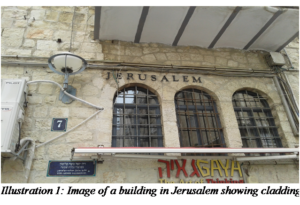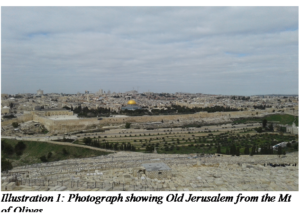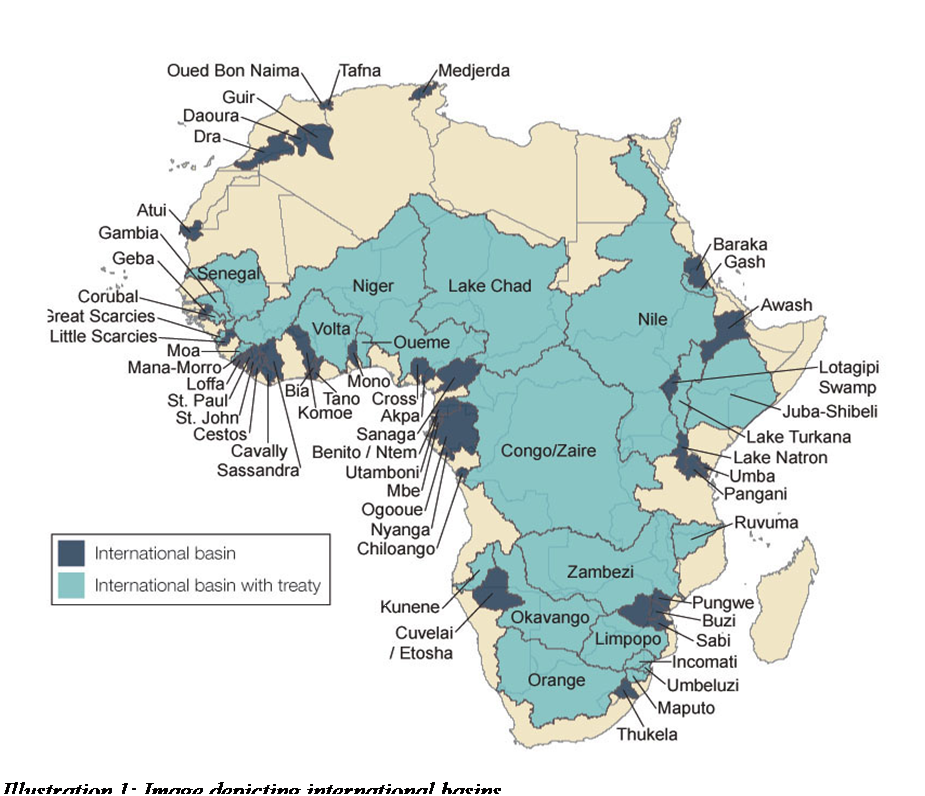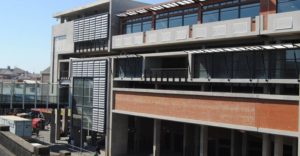For most people of Christian faith going on a pilgrimage to Jerusalem includes a tour of the Mount of Olives, as it is the hill upon which Jesus Christ was said to have wept as he foresaw the demise of Jerusalem in a vision as he overlooked the (now old) city of Jerusalem.

Sharing is caring?
The scenario of coexistence is vaguely resonant with transboundary basins and the geo-political boundaries that run through them. Transboundary acquifers, for example, refer to a phenomenon which occurs when the geological formations beneath the soil surface contain bodies of water, groundwater, and somewhere a boundary, formed by man for political or other reasons, is placed such that the extent of the subsurface water is on either side of the geo-political boundary. This phenomenon may also extend to rivers or lakes between two countries (riparian states).
While from a scholastic perspective there is much to be appreciated, in reality there tends to be tension as to which country can lay claim to a basin. Tension is likely a result of a sense of entitlement under the guise of a misplaced sense of patriotism where geo-political boundaries give each state sovereignty yet, prior to the encroachment of man, a river has always been a river, starting high in the mountain ranges and descending into the sea, leaving trails of geological, fauna and floral wonders here and there along its course. In time, however, this could be an issue of the past. There are several international basins absent a treaty, some for reasons like being in the same state, others for reasons such as befalling a conflict zone, etc.

It is not always as question provoking as it may appear, however. Some countries are managing the situation quite well despite the sovereignty afforded to every state being prevalent and a treaty is often signed. An example is in parts such as the southern African countries, where there is evidence of a working treaty between, say, Lesotho and South Africa, where the water flowing from the Lesotho highlands is transported via gravity to the plateau in the Vaal, with hydro-electric power generated as a spin off for the Mountain Kingdom.
It is not wise to get comfortable in a mess. The points above were about contrasts in terms of sharing and having common understanding on pertinent matters. The reasons for the brief insight into the lies in the fact that:
- There is a base function to an asset which the asset must fulfill. In the case of rivers and dams, the functions can include the ecology (fauna and flora), consumption (irrigation, human consumption), tourism (kayaking, water-skiing), amongst others. Most of these structures tend to remain for significant amounts of time.
- Often, when there is a situation, affected parties need to have dialogue and interact on what can be done to remedy the situation, there needs to be more than a top down approach. Treatise are useful in terms of laying down the terms of the asset in discussion.
In the heart of South Africa, in a municipality called Mangaung, where I reside and run my business, a crisis has been realised for a while now. There is a public transport facility which had been built for years now and has not been used since the day it got opened.

The facility, for mixed vehicle public transport demonstrated failure to commit to its design mandate when upon entry of vehicles into the building the environment became unsafe for commuters. Women were scared for their safety, and generally, commuters found that upon entry, the environment became hot and dark. The municipality does acknowledge that there were functional challenges with the end result and this was seen prior to the opening of, during the opening, and after the opening of the facility. The experience has since caused the outside areas of the rank, or rather the bulk of downtown, including open spaces and some roads, to be used as taxi ranks. This has translated into a silent protest by the taxi associations with taxis not interested in using the building because it cannot accommodate some vehicles; and the taxi users have not voiced out discontent. Solutions are being formulated at present, however, the situation has been in existence for a while.

There is a concept called ‘Lekgotla’ which is a Sesotho word for court. A few centuries ago these courts were attended by a king and his advisers; they would sit at the place to recommend solutions to challenges and resolve communal matters. There needs to be a revision of such a system, at least to get the community involved so that has been impacted may be part of the solution in as far as this challenge goes. This far outweighs the presence of recommendations and unsolicited bids to lease it out as a structure that will likely not fulfill its purpose.
As I salute…
There are plenty solutions to the challenges and all it takes is a bit of compromise to see it through. Say for instance, a service like Uber cannot make it to your town or city, does that mean that the need for a service that offers value to a commuter remains solely with one which is know; or can new concepts not be developed from such innovations? What of education? What of creating awareness about financial education to the masses? All in all, there is always a sustainable development challenge and likewise, a solution. In any case, we must all be part of a solution.
For the same reason, we need not co-exist peacefully with the challenges we face, we may instead look towards making the most out of them and prevent the decay of our communities because that is a sight to weep over.
